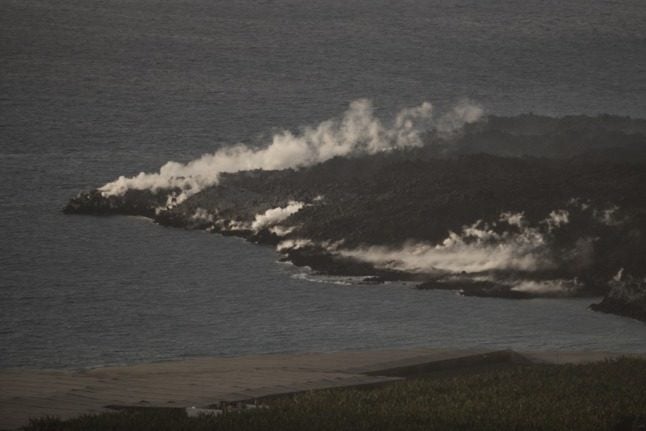Vulcano draws tens of thousands of tourists each year, eager to sample the volcanic island's mud baths and hot springs.
But now the island's tourism industry, which is an important economic resource for the council of Lipari, is under threat, after Italians civil protection authorities warned of dangerous gases emanating from the sea around the island.
The authorities have requested that the city of Lipari, the region of Sicily, the coastguard and the National Institute of Geophysics and Vulcanology prohibit bathing in the sea.
The issue dates back to the April 14th last year, when a nine-year-old French boy named Julien felt ill and collapsed on the beach with the island's famous hot springs.
On the day that holidaymaker Julien collapsed the air was still and sultry – and according to the medical authorities, laden with carbon dioxide gas, la Repubblica reported.
Near the beach and the adjacent thermal mud baths, there are many natural vents where volcanic gasses leave the earth.
According to the health authorities such vents are dangerous because, “in the absence of winds they can produce high concentrations of an odourless and potentially lethal gas”.
The national institute for geophysics and volcanology is constantly monitoring the situation on the island. They told La Repubblica why the situation was so dangerous, in particular for swimmers.
“When carbon dioxide passes over the surface of the sea it cools and becomes denser, settling over the surface of the water.” This process makes the air at breathing level above the water toxic for bathers.
Carbon dioxide is not a gas to be underestimated. In 1986 a sudden outgassing from beneath volcanic lake Nyos in Cameroon killed an estimated 1,700 people within a 25km radius.



 Please whitelist us to continue reading.
Please whitelist us to continue reading.
Member comments